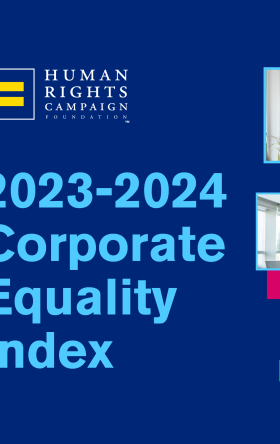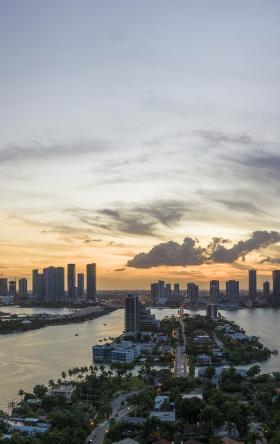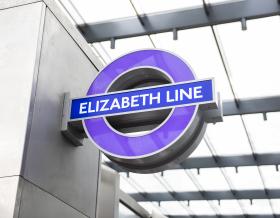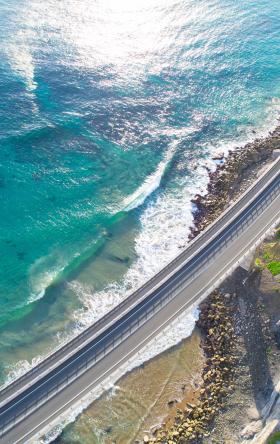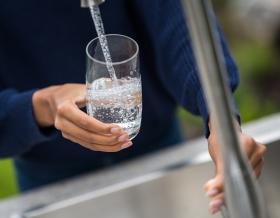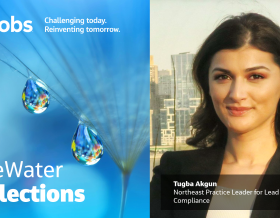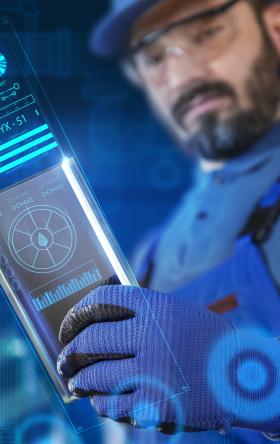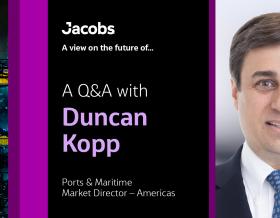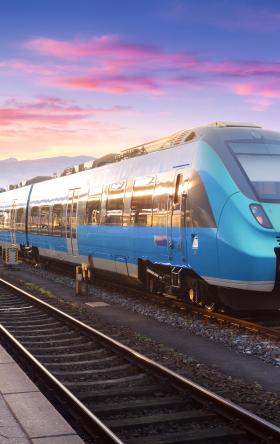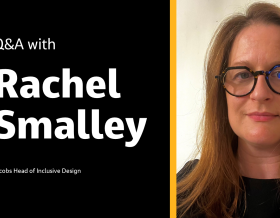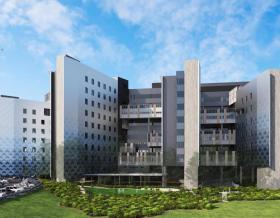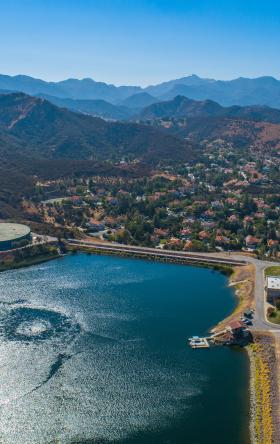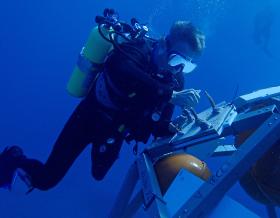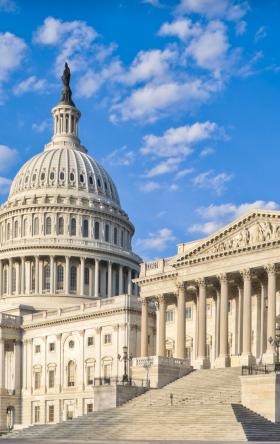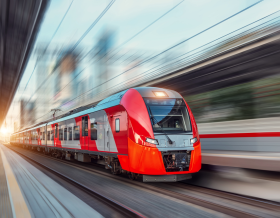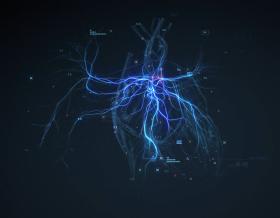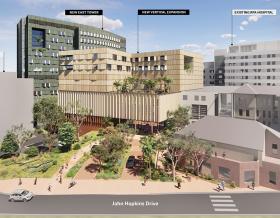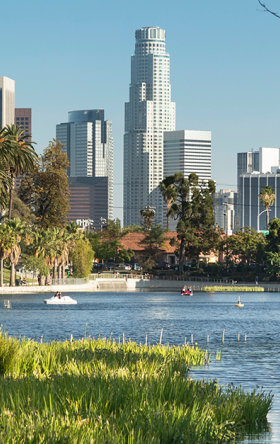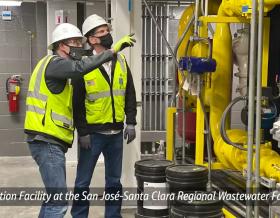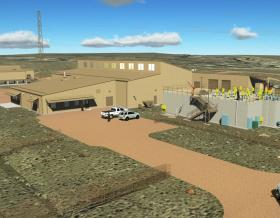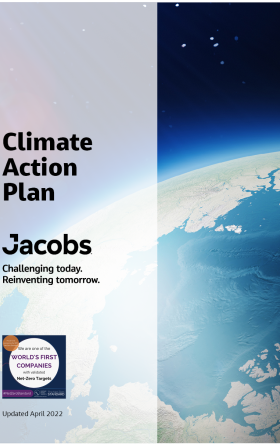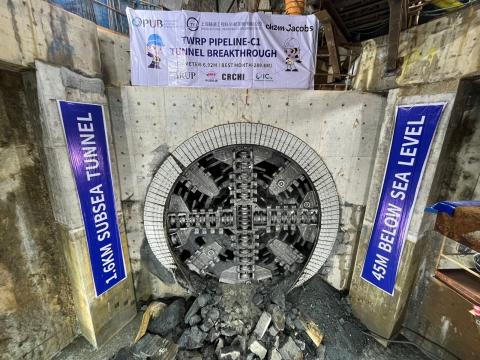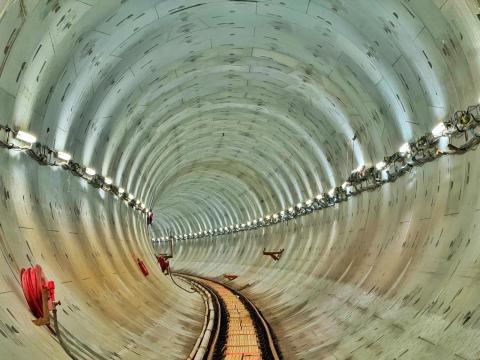PUB, Singapore’s Water Agency’s New Subsea Tunnel to meet Singapore’s growing NEWater demand
The subsea tunnel is key to meeting future NEWater needs for the western region of Singapore.
To meet Singapore’s increasing water demand, PUB, aims to enhance conveyance capacity by implementing new transmission pipelines island wide. Among these is a 1.6-kilometer (0.9-mile) subsea tunnel from the future Tuas NEWater Factory (TNF) to the existing network in Jurong Island with two water pipes – one of 2200-millimeter-diameter (86.6-inch-diameter) and the other of 1200-millimeter-diameter (47.2-inch-diameter). The pipelines will deliver NEWater from TNF to serve the growing demands from industries located at the western region of Singapore.
Out of the several possible routes studied, the most cost-effective and technically feasible route involves tunneling under the seabed of West Jurong Channel via a six-meter-diameter subsea tunnel.
As the main consultant, Jacobs is leading the detailed design of the new pipeline and the construction supervision of the subsea tunnel. The project involves an extensive network of pipelaying works, innovative geotechnical solutions for temporary and permanent works, hydraulic network design, surge analysis and tender documentation development.
Currently, Jacobs is actively supporting PUB in carrying out works across two stages:
- Stage 1: Design the pipelines inside the six-meter-diameter (19.6-feet-diameter) tunnel with all pipeline appurtenances and to facilitate PUB’s tender call for design and build (D&B) contractor to undertake the detailed design of the tunnel.
- Stage 2: Review the contractor’s D&B design and construction supervision (project management) of the 1.6-kilometer (0.9 mile) subsea tunnel housing the water pipes.
Behind the milestone
Most recently, the project reached a significant milestone with the successful completion of the subsea tunnel. This achievement was not without its challenges, particularly due to the limited soil information available at the start of the project.
To ensure the successful execution of the tunneling works, our team conducted deep soil investigations using marine boreholes along the tunnel alignment at 100-meter (328-feet) intervals to the client. This approach provided valuable insights into the sub-surface geological profile and conditions, ultimately reducing significant risks and uncertainties in the tunneling process by enabling a more informed selection of the tunnel boring machine (TBM), cutter tools, slurry type, proper adjustment of TBM operational parameters, selection of cutter head intervention (CHI) locations and other related plannings in advance.
Other challenges, including high water ingress and undercrossing high-pressure gas transmission pipes, are tackled with rigorous controls and meticulous management.
The construction of the subsea tunnel also involved navigating high water pressure and various rock formations like mudstone, siltstone, and sandstone with different weathering grades including fractured zones, and mixed rock face that complicated the tunneling. To meet the project's demands, we worked with the contractor to implement a custom-designed slurry TBM with integrated risk management intelligent monitoring systems for safe and efficient tunneling. Artificial Intelligence (AI) cameras were installed on site to enable video monitoring of site safety and an integrated access control and monitoring system was implemented to live-track the key personnel inside the tunnel and ingress/egress of personnel from shafts during emergency.
Reducing carbon footprint is essential to mitigate evolving climate change challenges and protecting the environment. Steel fiber reinforced concrete was selected for the tunnel segment production in this project over conventional reinforcement, saving over 3500 tons of carbon dioxide and thus reducing our carbon footprint.
Our team is on track to meet and deliver the project by the completion date of 2025.
“There are several considerations made to complete the tunneling successfully on time which involved key decisions to be made at critical junctures during siteworks and keeping the integrity of the 700-millimeter-diameter (27.5-inch-diameter) gas transmission pipe, which was the topmost priority.”
-
1.6 km
Long subsea tunnel from TNF to Jurong Island
-
9
Months of tunneling beneath the West Jurong Channel via a six-meter diameter (19.6-feet-diameter) subsea tunnel
-
$ 116 M
Construction cost of the tunneling contract with pipelines inside the tunnel (in SGD)
Key team members
-

Ong Meng Wan, Project Director
Meng Wan was instrumental in making key technical decisions including calling the marine soil investigation contract before calling the construction tender.
-

Karthik Kandaswamy, Project Manager
Karthik played a key role in putting together the D&B tender, followed by tender evaluation, and successfully administering the contract, keeping up to the expectation of the client / key stakeholders.
-

Alvin Tan, Design Manager
Alvin played an important role in putting together the tender specification.
-

Chen Lin, Project Engineer
Chen consulted various agencies, authorities and prepared the tender documents, and assisted in tender evaluation.
-

Ng Stephanie, CAD / BIM Lead
Stephanie assisted to prepare the BIM model of the entire tunnel, pipeline and set up the database for asset tagging.
-

Charles Dickson, Senior Resident Engineer (Tunnel)
Charles played an important role in reviewing all the technical submittals of tunneling works submitted by the contractor, identifying and closing the gaps with the contractor. He made critical decisions during the tunneling works such as to decide the CHI (Cutter Head Intervention) locations and keeping up the safety to highest standards.
-
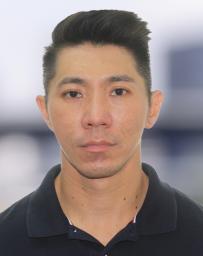
Loke Lean Chong, Resident Engineer
Loke played a key role during construction, monitoring the tunnel is built according to the drawings and ensured strict quality control.
